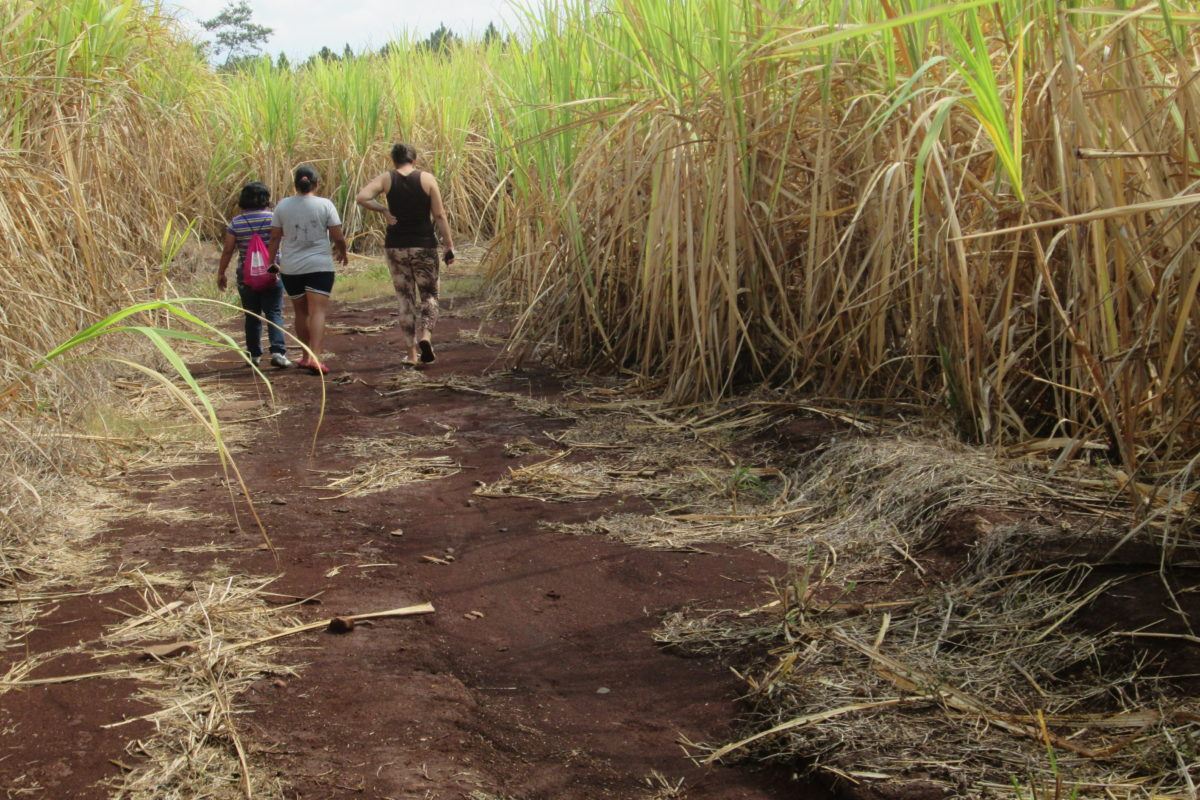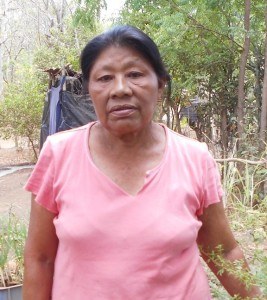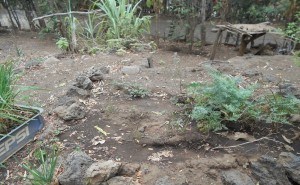
In the last post, Mary’s Pence Local ESPERA Coordinator Auxiliadora wrote about the drought in Nicaragua and her visit to Doña Isabel. In this post, Auxiliadora brings us more experiences of the drought from the women of ESPERA.
From the neighboring community of El Portillo, Doña Trinidad also tells how this phenomenon is visibly affecting her in the manufacture of her artisan products, which use tusa, corn husks.

“This drought is affecting me because the raw materials that we use have been scarce during this year because it didn’t rain last year,” Doña Trinidad said. “In our company, Compania de Odili, another member of the collective, between the months of January and March we usually start to collect the husks. Once we had to collect the husks from fields that were far away from our community so we didn’t have the opportunity to select them. Nearby there is a woman who provides us with husks on consignment from whom we used to buy between 6 and 8 sacks of individually-selected husks when the winter was good, but this year we only were able to obtain 2 sacks – one for each of us – for which we have had to save as much as possible to be able to make the products and fill some orders.”
“This situation really affects us a lot,” said Doña Trinidad, “because one of the difficulties that we face is that we can’t just tell a client that we don’t have raw material to make their orders; what we do is explain that there is a scarcity. It has been a struggle for us since due to this crisis we are paying more for all the raw materials and using what we have without wasting anything. On several occasions we have had to go out to other communities and look for the corn husks, the espigas (spikes), and other plants that we use to produce our products because we don’t want to lose a client due to lack of raw materials.”
“This drought is economically affecting our nutrition because corn, beans, fruit, and vegetables are more expensive and what we make is not enough to be able to buy the necessary food.”
“Also,” Doña Trinidad continued, “with this drought, my sour orange, nance (nancite), and papaya trees, among other fruit trees that I had on my home’s patio for our personal consumption have dried out. Another problem that we have as an effect of the drought is the scarcity and rationing of water, high temperatures and a very hot sun.”

Doña Trinidad and the other members of the collective are facing the challenge of this environmental crisis together, adapting to the circumstances of the drought as creatively they can despite the real hardships it brings.
Translated from the Spanish by Luisa María Rivera Izábal and Shelley Coppock.
This is part two of a three-part series on the drought in Central America and its effect on the women of ESPERA, as reported by ESPERA staff. Check back for the final post during the last week of May.
